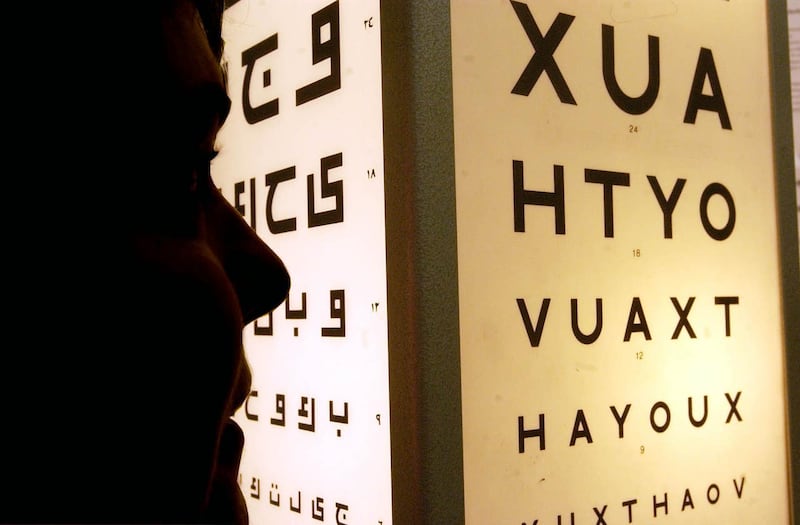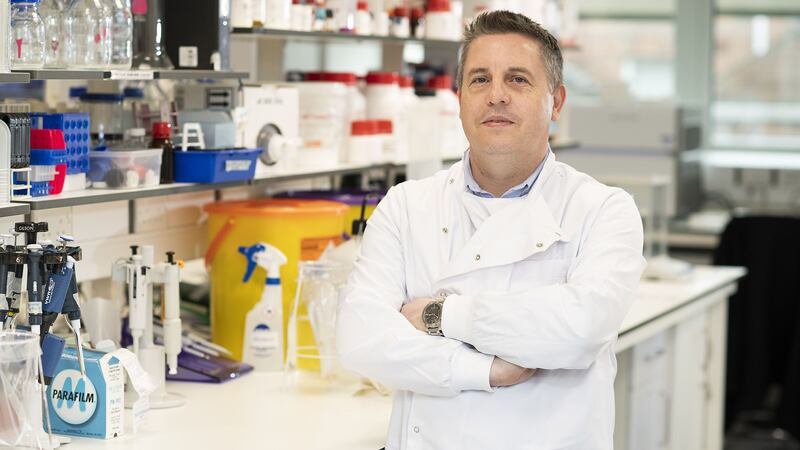Researchers have made findings which could help lead to new treatments for sight-threatening eye disease.
Uncontrolled growth of blood vessels in the eye can damage the retina and cause blindness.
At present, the main treatment involves an injection and is not effective for up to half of patients.

Professor Tim Curtis, lead investigator of the study and deputy director at the Wellcome-Wolfson Institute for Experimental Medicine at Queen’s University Belfast, said: “Our study has pinpointed a key regulator of abnormal blood vessel growth in the eye that will enable us to design new, better treatments against a number of sight-threatening diseases.”
The study shows that a specific protein found within the body called CAMKII acts to co-ordinate different signals that cause new blood vessel growth.
These new findings provide greater understanding of how blood vessels grow and offer a basis for the development of new treatments which are likely to have a significantly higher success rate for patients, researchers said.
The retina is the light-sensing part of the eye.
Blood vessels provide essential oxygen and nutrition.
Normally these vessels remain unchanged during adulthood, but in some eye conditions, such as diabetic retinopathy and age-related macular degeneration (AMD), they start to grow uncontrollably.
This can lead to damage to the retina and result in vision loss and blindness.
Professor Alan Stitt, researcher on the study and dean of innovation and impact within the Faculty of Medicine, Health and Life Sciences at Queen’s University, said: “These results are exciting and offer the prospect of improved outcomes for the many patients who suffer from sight-threatening diseases.
“Our work is a clear example of how better understanding disease can open up new opportunities for treatment and improve patients’ lives.”
The research was funded by British Heart Foundation Northern Ireland (BHF NI).
The blood vessels of the eye and the heart share several common characteristics and the eye is a less invasive way of understanding possible breakthroughs for heart treatments.
Karen McCammon, from BHF NI, said: “The research team’s understanding of how blood vessels form and grow may also help us to devise new strategies to mend hearts after a heart attack.
“Every week, heart attacks devastate local families by killing loved ones and leaving many others with debilitating heart conditions that make the rest of their lives a daily struggle.”
After a heart attack, many patients make a full recovery and within a few months are able to return to their normal activities.
Ms McCammon added: “But for others it can lead to further problems such as heart failure, which can be a devastating condition to live with.
“Knowing how to control blood vessel growth might help discover new ways to repair failing hearts by improving blood supply to damaged heart muscle.”







